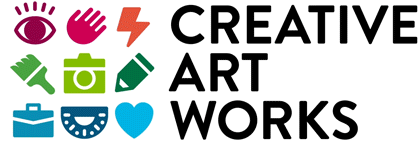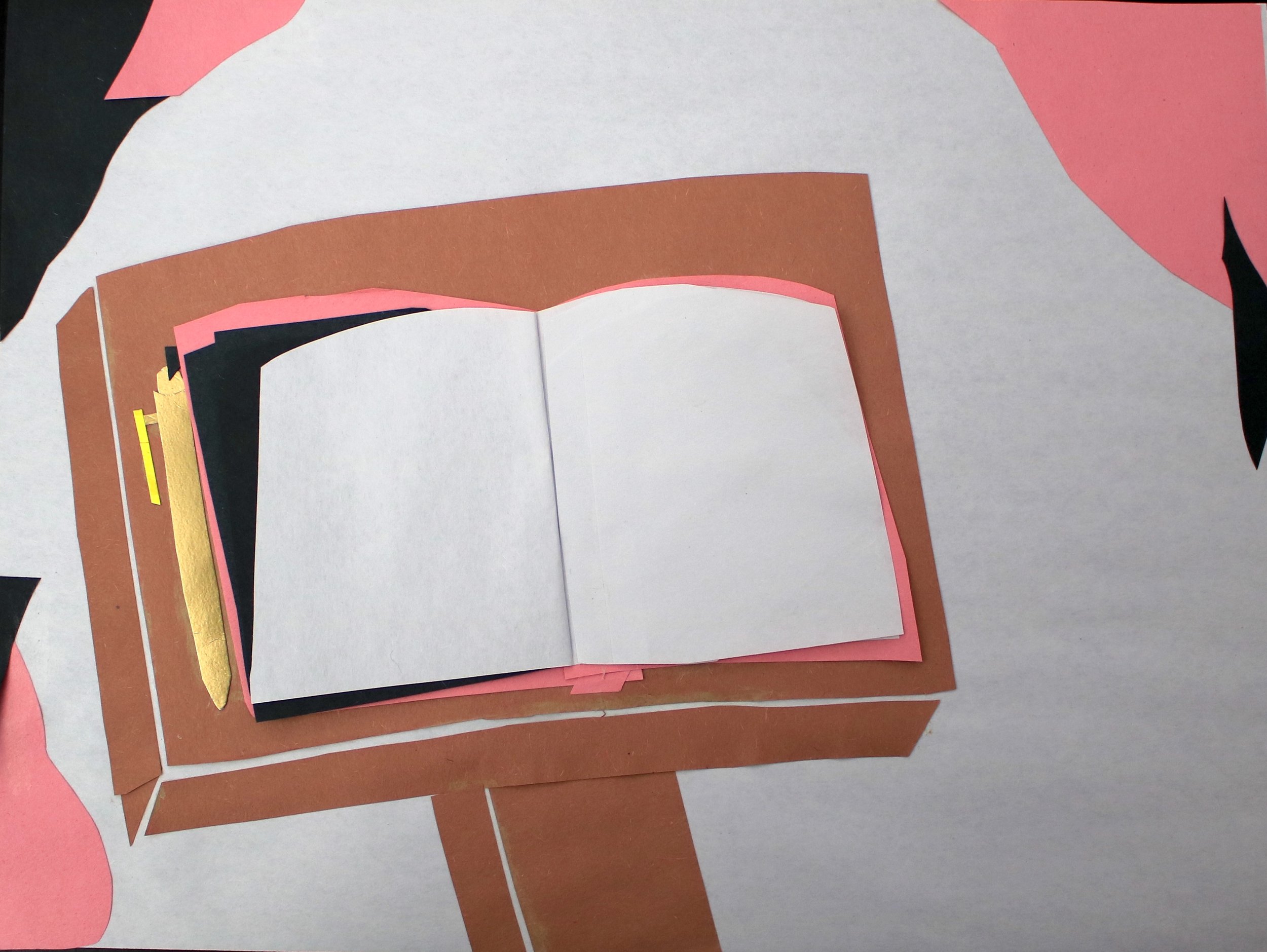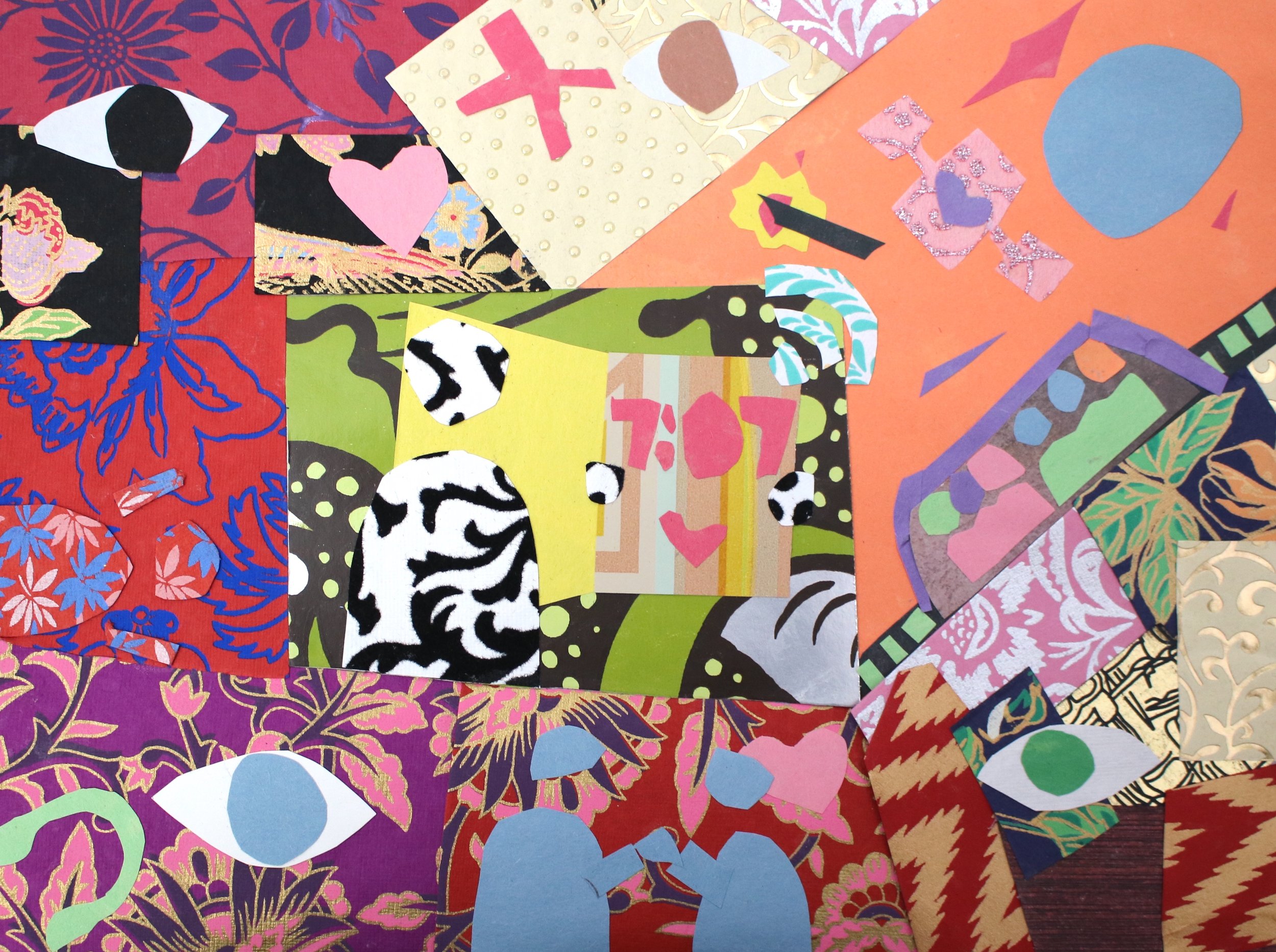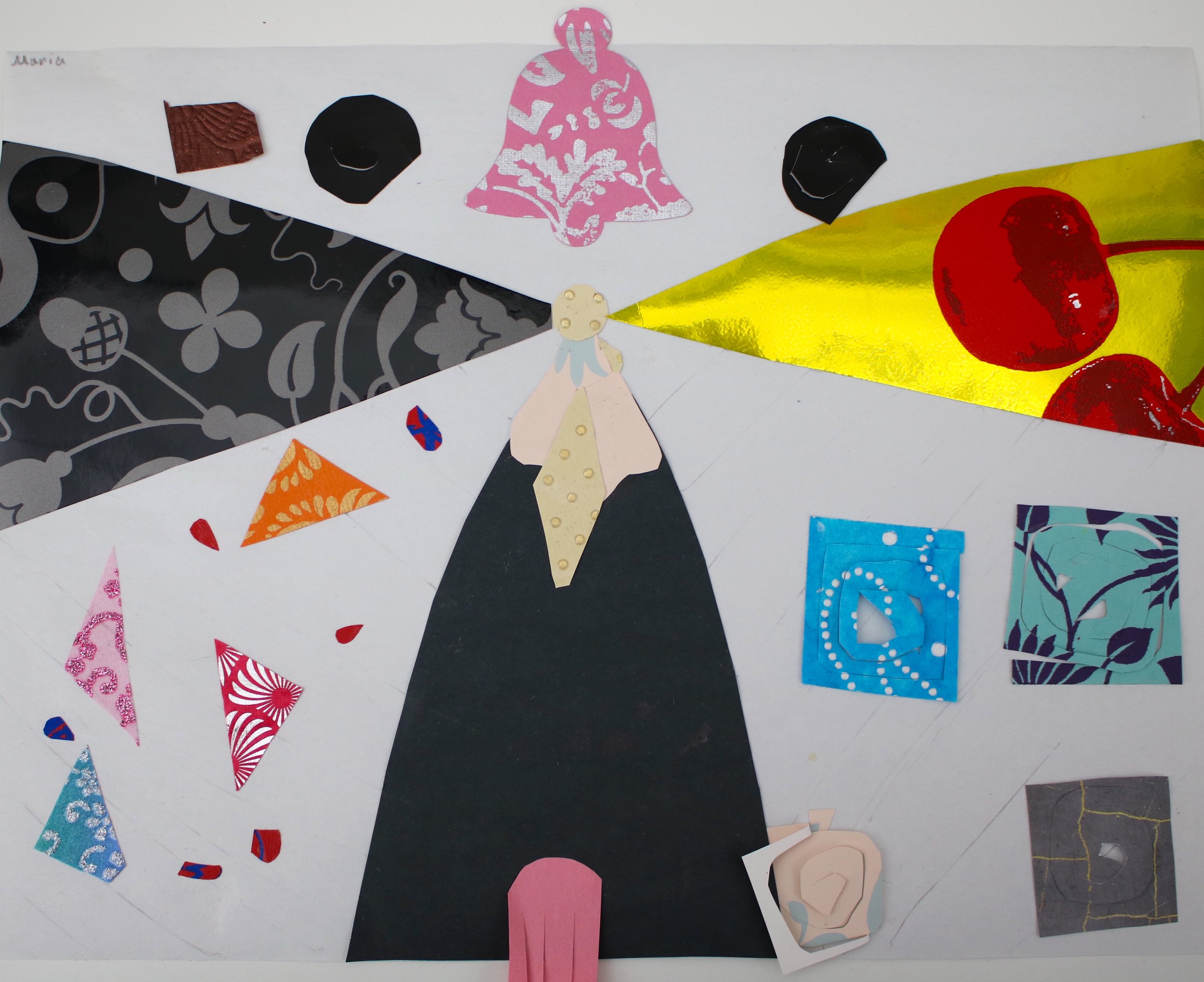The Power of Identity
Imagine it is the beginning of the 1920s, the Spanish Flu has devastated America, and a new foundation for culture has started to evolve. As the Black community dealt with the aftermath and trauma from slavery, along with the early impact of the Great Migration, a new identity about what it meant to be a Black American was formed. This came to be known as the Harlem Renaissance, an intellectual and cultural flowering of music, art, literature, politics, and fashion by African Americans that especially transformed the self-identity of black Americans and impacted all American culture in the process.
The Foundations program at A. Philip Randolph Campus High School in Harlem, seeks to prepare freshman students to be successful in academic and personal settings through developing their own sense of identity, priorities, values, and self-awareness. CAW Teaching Artist Abby Walsh lead her students through a lesson based on the work of Harlem Renaissance pioneer, Aaron Douglas, the “Father of Black American Art.” By constructing a visual record of the Black experience in America, Douglas established a new sense of identity by openly refuting aesthetic standards of Western-European ideas and harkening back to abstracted and deeply symbolic forms found in African and Egyptian art. In a cut-paper art project, students were encourage to draw inspiration from Douglas’s distinct compositional style by focusing on blocky shapes and patterns.
Aspiration, Aaron Douglas, 1936. Oil on Canvas
The objective of the paper cut illustration is to tell a story about students’ individual histories inspired by the murals of Aaron Douglas. In Douglas’s most famous mural series depicting the history of the Black American, each piece has components of transformation — a sense of moving away from darkness towards a beacon of hope or a clear sense of the past with a distinct symbolic future. Students created art that contains a full narrative with four main story devices: a path, a guide, a symbolic past, and symbolic future.
CAW implemented a fully hands-on program in response to requests from students who feel burnt-out from spending so much time in front of screens, but real world activities have real world benefits. Making a collage with paper shapes develops spatial awareness and coordination.
One main focus for this project is the power of symbolism. Most of Aaron Douglas’s work contains strong symbols, such as the use of factories, buildings, and gears to represent Black people moving to industrial jobs in the North during the Great Migration, and then the shift of escaping the constant work cycle through art, music, and literature. His thoughtful layering of symbols to represent a multitude of meanings gives the students a great foundation to illustrate their own narratives.
“Douglas’ symbolism is a really great jumping off place for the kids to think of what they might imagine for themselves in the future. I want them to ask themselves, ‘How do I symbolically convey my past even if it’s uncomfortable?’ Because Douglas’ past is uncomfortable, but he found a way for there to be a positive outcome and growth potential.”
- Abby Walsh, CAW Teaching Artist
According to Abby, an element that she requires in every work is that, “There needs to be a path. There needs to be a past and a future to illustrate the different versions of yourself. Even for the kids who didn’t engage right off the bat, giving them a space to sit with those questions and reflect is beneficial for their development. I am patient with them because art can be very intimidating.”
Many high school freshmen are still developing the resources to express themselves to the fullest which is why these classes are crucial to their growth by giving them a safe space to express their emotions, contemplate their choices, bond with peers, and create art that they are proud of.
During in-class culminating events, students admitted that they didn’t take the class seriously at first, but as time went on they started to enjoy the projects and saw connections between what they made and what they were learning. One student mentioned how much they learned from seeing the work of their peers, adding, “Everyone has a story to tell.” APRCHS English Teacher Carly Weisel also remarked on the growth she saw.
“I cannot express my gratitude enough for all that was brought into the Foundations program this year. I am currently asking students to fill out end of year reflections, and so many students wrote about loving art, wishing the program was longer, being able to express themselves, or realizing they looked forward to it every week. I cannot wait for next year!”
Student Artwork Showcase
This program was made possible, in part, by the West Harlem Development Corporation, and by public funds from the New York State Council on the Arts with the support of the Office of the Governor and the New York State Legislature.






















